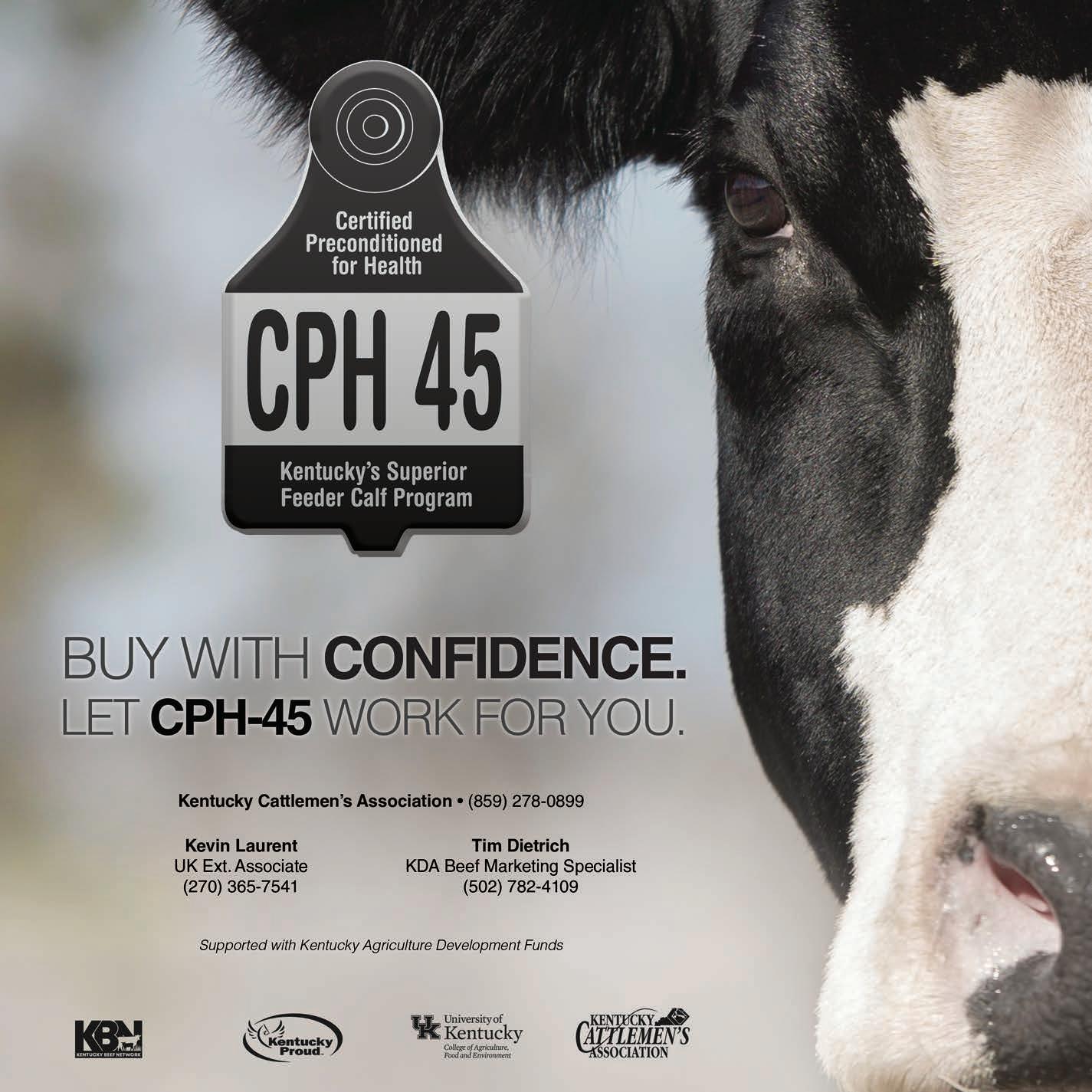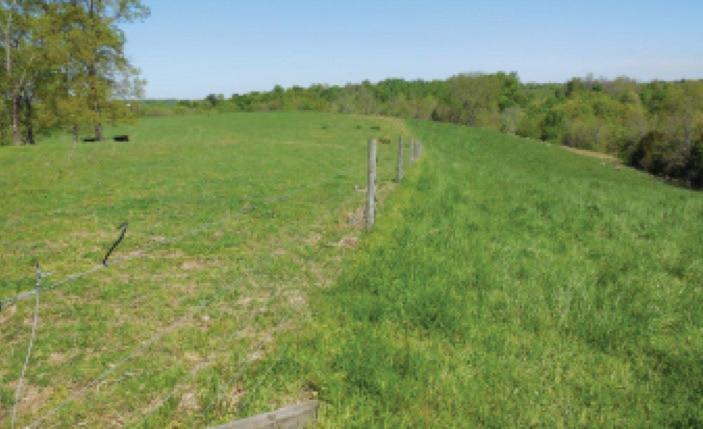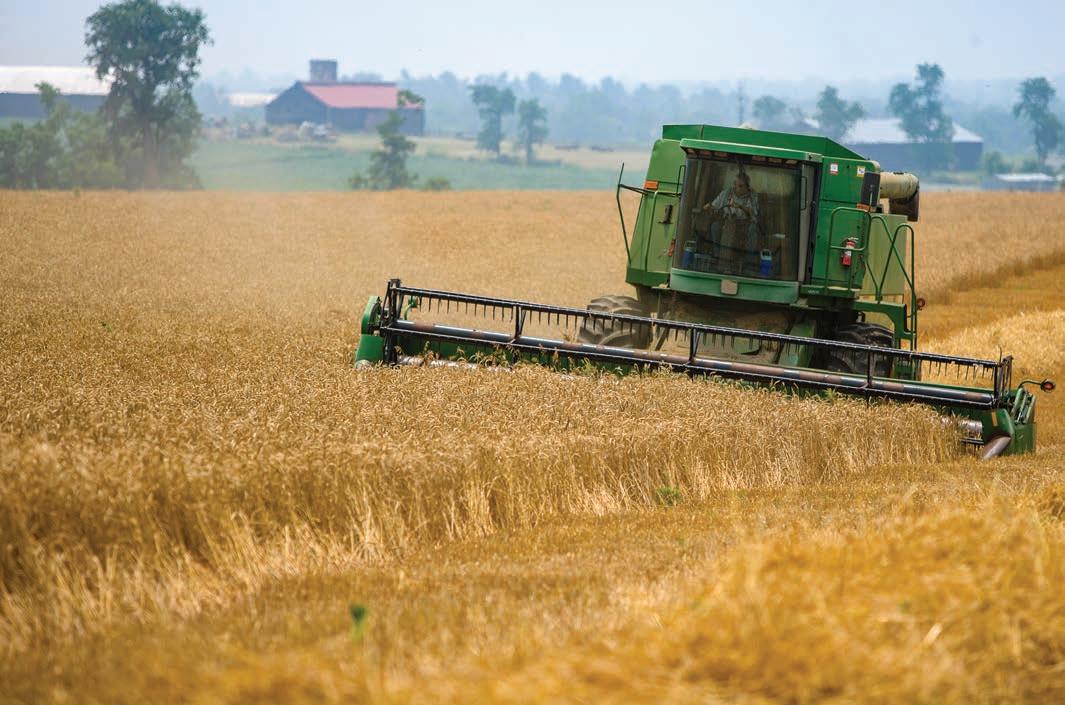
2 minute read
L eased Agricultural Land Brings Challenges and Opportunities
LEASED AGRICULTURAL LAND BRINGS CHALLENGES AND OPPORTUNITIES Amy Hays, Adult Education Manager, Caitlin Hebbert, Livestock Consultant
The 2017 Census of Agriculture showed a signific ant rise in the numberofleased grazing land acres. Approximately 30% of land used for ranching is leased. Of the rented acreage, most is owned by nonoperator landowners. This is in contrast to the past, when the land available for rent was often held by active operator landowners who were not using the land in their operations at the time. This shift has brought opportunities and challenges. As land prices have skyrocketed during the last 25 years, the cost of acquiring land has been a barrier to new and beginning farmers as well as a significant problemfortenuredoperators who want to expand their grazing lands. As the amount of rental land has increased, it is important to look ahead and begin to understand how rental lands play a role in production agriculture at a rate previously not seen, particularly for new and beginning operators who may have to rely mostly on rental lands until they have enough capital to afford the high cost of land ownership. This article will concentrate on some of the human dimension factors that are in play with leased lands.
Challenges for New and Beginning Ranchers
The United States is facing a significant challenge in recruiting and retaining replacement farmers and ranchers. The number of new farmers and ranchers and the generational transfer of land to younger family owners is not keeping up with the number of operators who are retiring from farming and ranching. For more information about this trend, see the article “Generational Flow: Replacing Farmers and Ranchers in the Family Farm” According to the U.S. Department of Agriculture, the number of replacement farmers has been shrinking since 1985 for various reasons, including loss of returning rural generations, lack of new beginning farmers and ranchers, and early financial failure ofnew operations. More information is available on the USDA’s website.
Building Strong Lessor-Lessee Relationships
Rental lands are appealing for starting or expanding operations, but there are challenges that go along with building lessor-lessee relationships. One prominent challenge that may arise is the presence of conflicting goals. If you want to lease land, and continue to do so for years to come, you’ll have to learn to be flexible and to adapt. Be willing to shape your operation on that property to first and foremost meet the goals of the landowner then prioritize some of your goals. Producers who lease land can often get this backwards. Putting yourself in the shoes of the landowner will go a long ways toward meeting both for both of you. This doesn’t mean sacrificing your goals entirely but rather considering the landowner’s goals first and being willing to shape your operation to benefit the lessee-lessor relationship in both the present and long term.
We have seen some cases where rental costs were lowered as a result of the lessee helping the lessor to meet management goals. For example, a lessee who has a planter handy could set food plots for a lessor with wildlife goals. This would offset what it would have cost for the lessor to hire someone, so they could lower rental costs. It’s also well-known that it’s hard to find a good lessee. If you make yourself a good lessee, it can incentivize lower lease prices just to keep you around.










